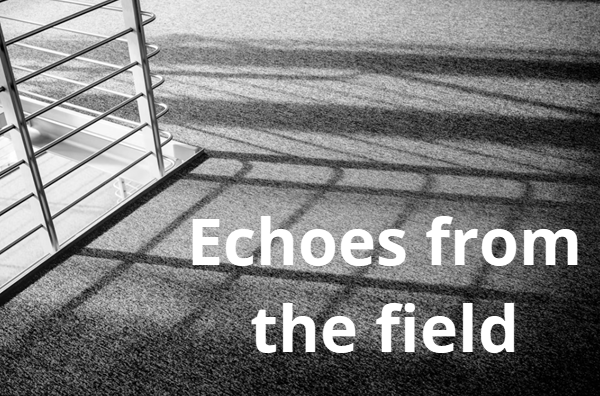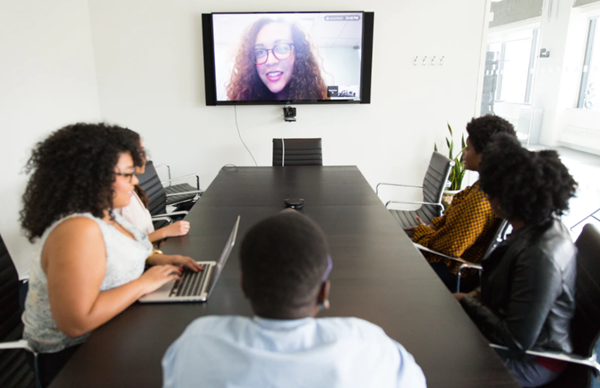
Data Tales 12: The case of the code that refused to execute
This is the twelfth tale in a series of stories about data. I hope you enjoy the series.
Today’s tale relates to a SQL Server Integration Services (SSIS) package. It used the same architecture as other packages and on the same server, and even though it said it was successful, nothing happened. Let’s discuss why.
Some background information
At the site, a separate SSIS server (using an earlier version of SQL Server i.e., 2014) had been deployed. The server was used to run all the organization’s SSIS packages. These packages connected to several data sources:
2025-11-17





